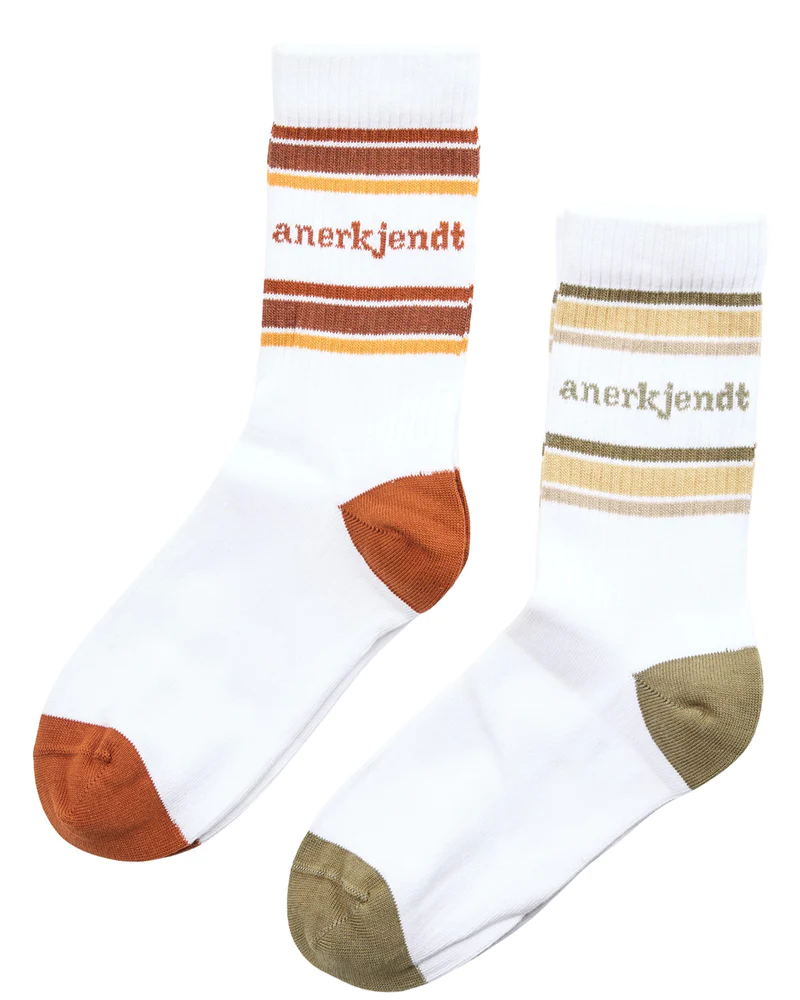SOCKS4 is a type of internet protocol that provides an intermediate server between a client and a destination server. It is used for two primary purposes: network address translation and application-level gateways. It was first developed by Dave Koblas in 1990, and is under continuous development today.
SOCKS4 works by creating a virtual network connection between a client and a destination server, over any data communication path. It is used by applications as a back door access to the administrator-defined networking host. With SOCKS4, data requests are not required to pass through the client’s own server or to always use the same port, thus allowing for connection distribution. The protocol is commonly used in many network applications, such as intellectual property access and proxy servers.
Usually, SOCKS4 works with an authentication process, typically carried out through username and password. Once all the necessary credentials have been provided, the proxy server forwards the requests to the destination server. The destination server then sends the response back to the client, through the proxy server.
SOCKS4 is considered relatively easy to deploy and understand, but has several basic limitation. It only works for TCP protocol, which is why many applications (such as FTP) will not work with it. It also does not support streaming protocols like RTSP and UDP. These limitations can be overcome by using SOCKS5, an advanced version of SOCKS4.





